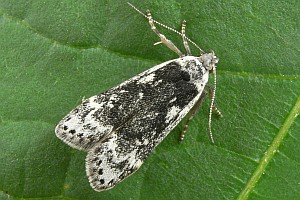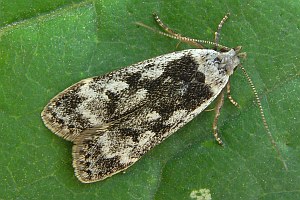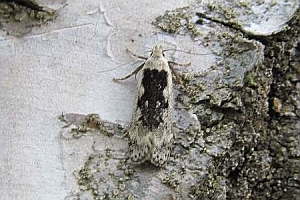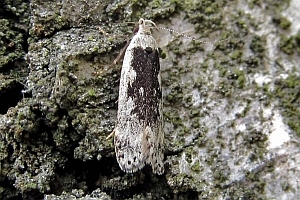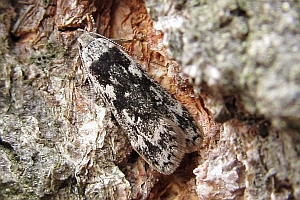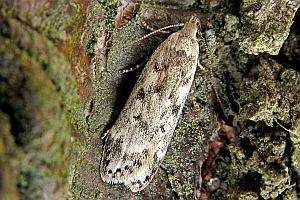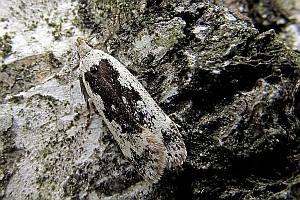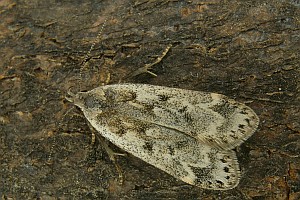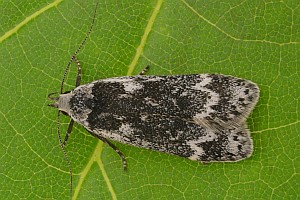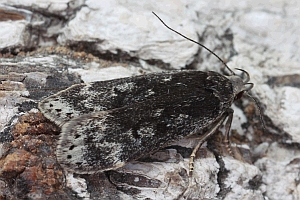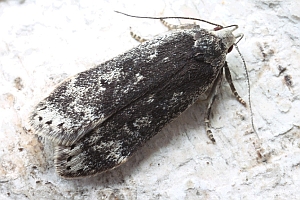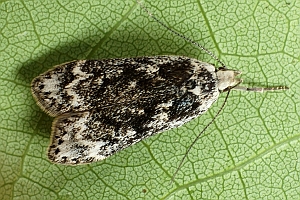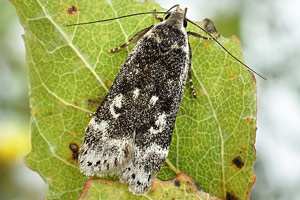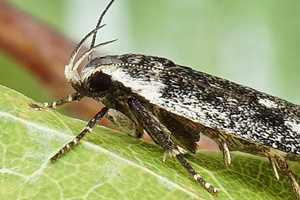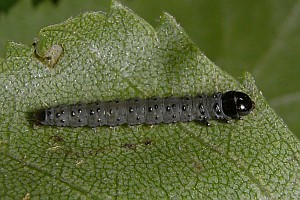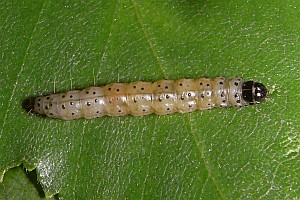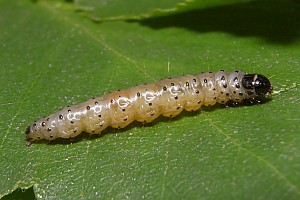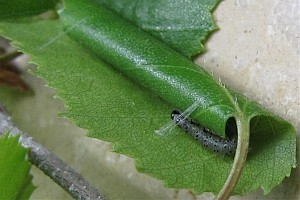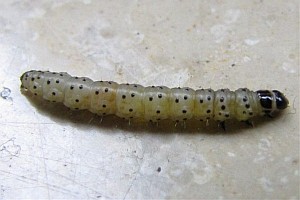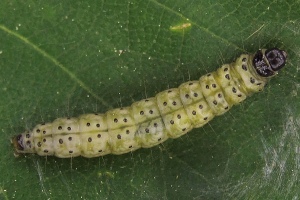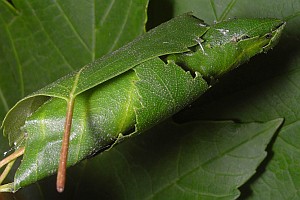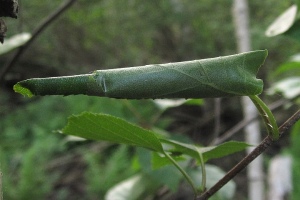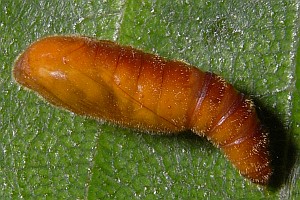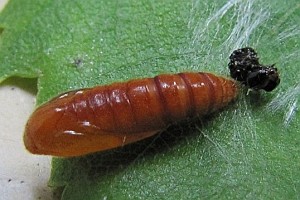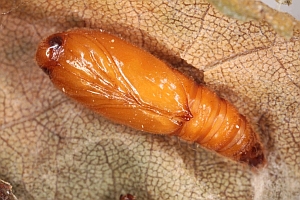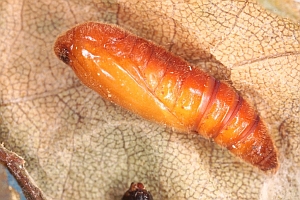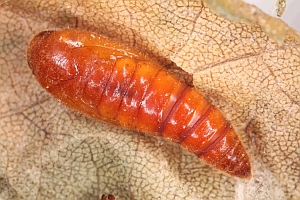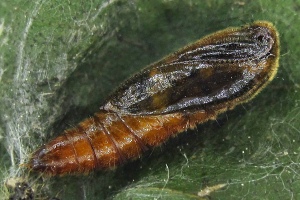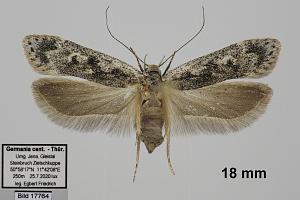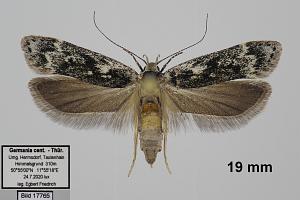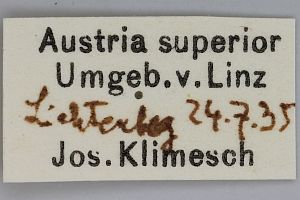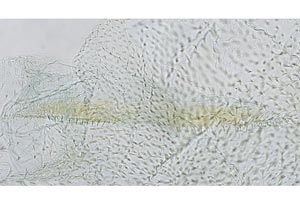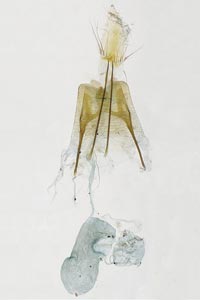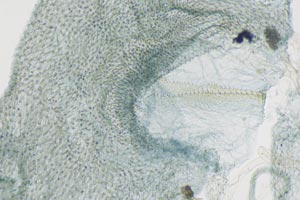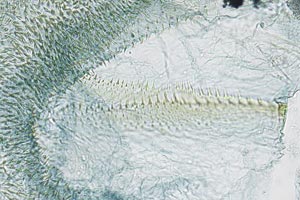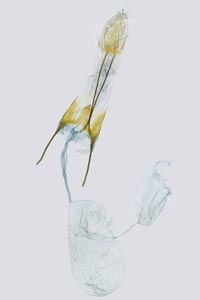

 +24Kontinente:EUAS
+24Kontinente:EUAS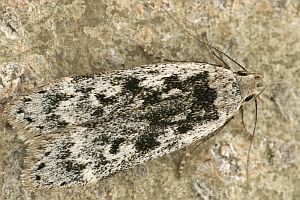

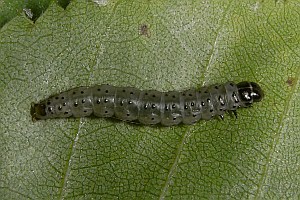
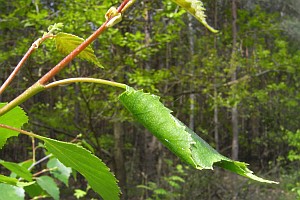

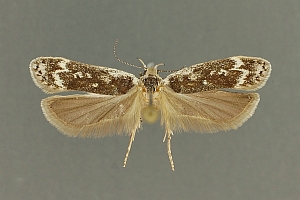
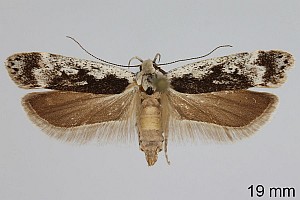


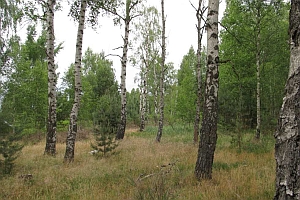
1. Lebendfotos
1.1. Falter
1.2. Kopula
1.3. Raupe
1.4. Fraßspuren und Befallsbild
1.5. Puppe
2. Diagnose
2.1. Weibchen
2.2. Geschlecht nicht bestimmt
2.3. Ähnliche Arten
Falter von Anacampsis populella und Anacampsis blattariella sind nur durch eine Genitaluntersuchung sicher zu bestimmen, da sich die Variationsbreiten beider Arten stark überlappen.
Die Raupen sollen anhand der Nahrungspflanze zu unterscheiden sein: Anacampsis populella lebt an Pappel (Populus spec.) und Weide (Salix spec.); die Raupe von A. blattariella an Birke (Betula spec.).
Rudolf Bryner im [Forum]
Folgende Zucht von Friedmar Graf stellt die absolute Trennung nach Wirtspflanzen infrage: [Anacampsis blattariella an Espe].
2.4. Genitalien
2.4.1. Weibchen
2.5. Erstbeschreibung
3. Biologie
3.1. Habitat
3.2. Nahrung der Raupe
- [Betulaceae:] Betula pendula [= Betula alba] (Hänge-Birke)
- [Betulaceae:] Betula sp. (Birke)
- [Salicaceae:] Populus tremula ? (Zitter-Pappel, Espe, Aspe ?)
Dier Raupen werden häufig an Birken gefunden, womit meist die Hänge-Birke gemeint sein dürfte, die auch öfters konkret benannt wird. Andere Birken-Arten dürften aber ebenfalls genutzt werden. Doets (1941: 354) hatte zum gerade neu beschriebenen Synonym A. betulinella mitgeteilt: "Betulinella is very common about Hilversum and without doubt everywhere in Holland where big birches grow. The larva lives in rolled up leaves of Betula alba L. I found them in May and June mostly on big trees standing alone or on the border of a wood, from a half till two meters above the ground. At first it rolls up the leaf at the sides, seldom at the top and after having completed the work, both ends are closed in the manner in which a grocer folds a paper-bag. Sometimes one or two leaves are added to this first roll. The larva of the Tortricide Epiblema solandriana L., which lives in the same way on birches, is easy to distinguish from betulinella as it misses the brownish oval spot on the last segment. The young betulinella-larva is greyish-green, a little nacreous, with black head, spots, true legs and plate on the second segment, while the oval spot on the last segment is brownish. The full-grown larva, however, is yellowish-green. Within this roll it lives amidst its excrements and the pupation takes place in this habitation or out of it between two leaves. The biology of populella is exactly the same as that of betulinella, only, as the name indicates already, it lives on poplars."
(Autor: Erwin Rennwald)
4. Weitere Informationen
4.1. Andere Kombinationen
- Tinea blattariella Hübner, 1796 [Originalkombination]
4.2. Synonyme
- Tinea thapsiella Hübner, 1796
- Anacampsis blattariae (Haworth, 1828)
- Anacampsis betulinella Vári, 1941
4.3. Literatur
- Doets, C. (1941): Biology of Anacampsis betulinellaVári and populella Cl. - Tijdschrift voor entomologie, 84 (4): 354-353. [Digitalisat auf biodiversitylibrary.org]
- Gregersen, K. & O. Karsholt (2022): The Gelechiidae of North-West Europe. — 939 pp., Oslo, Norway (Norwegian Entomological Society).
- Erstbeschreibung: Hübner, J. [1796-1834]: Sammlung europäischer Schmetterlinge 8: pl. 1-71.
- Beschreibung als Anacampsis betulinella: Vári, L. (1941): Anacampsis betulinella, a new species of the Gelechiadae. - Tijdschrift voor entomologie, 84 (4): 351-353, pl. 1. [Digitalisat auf biodiversitylibrary.org]


























